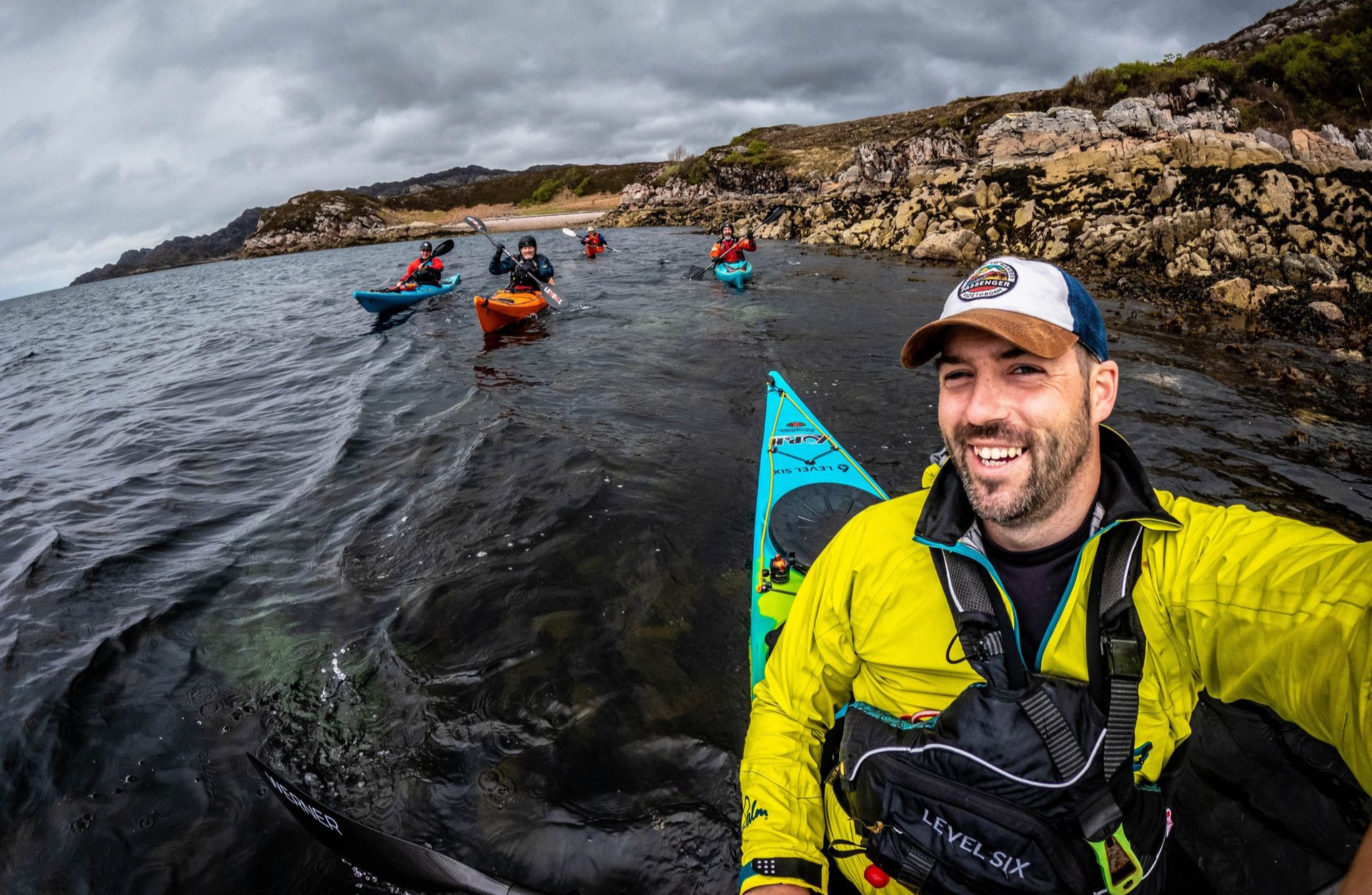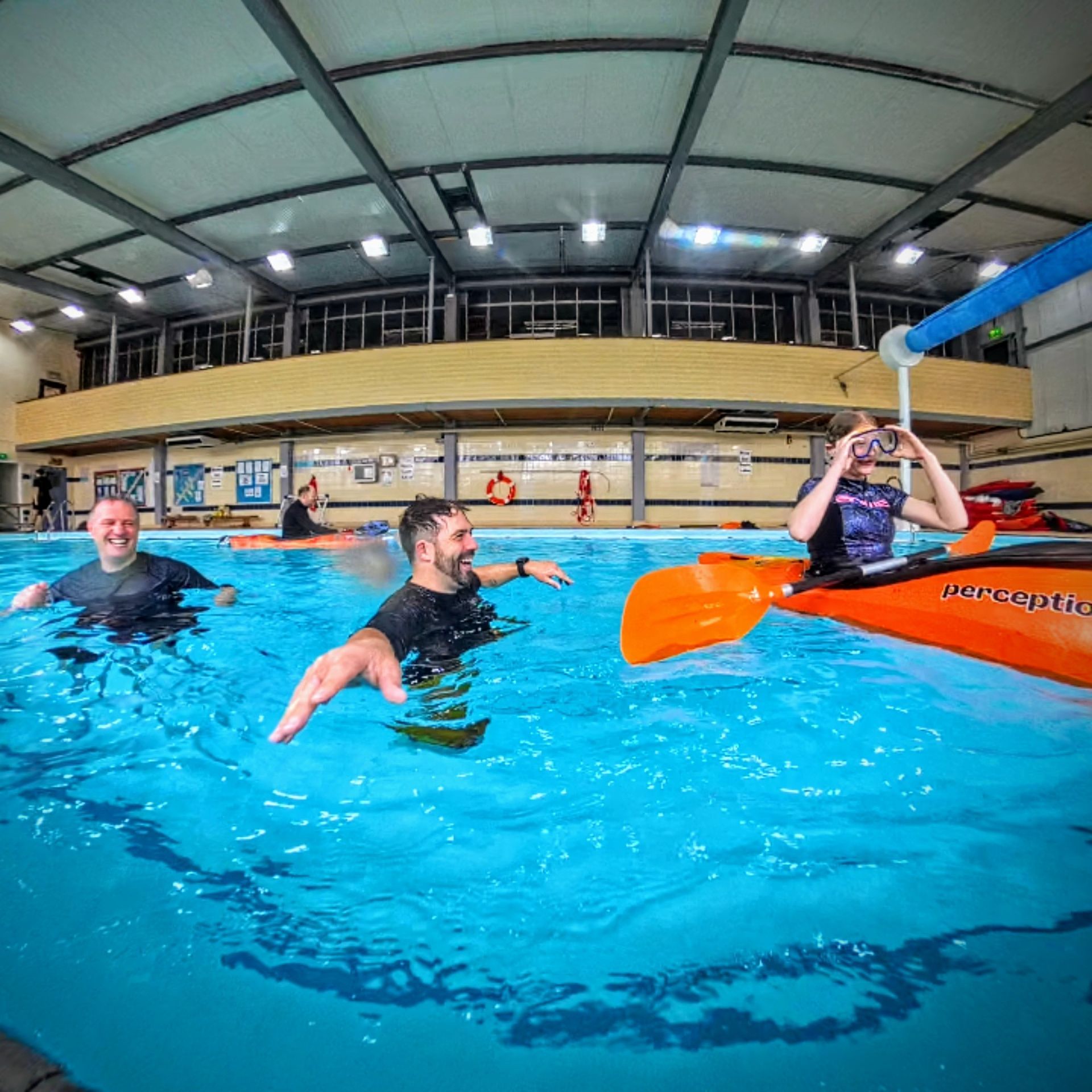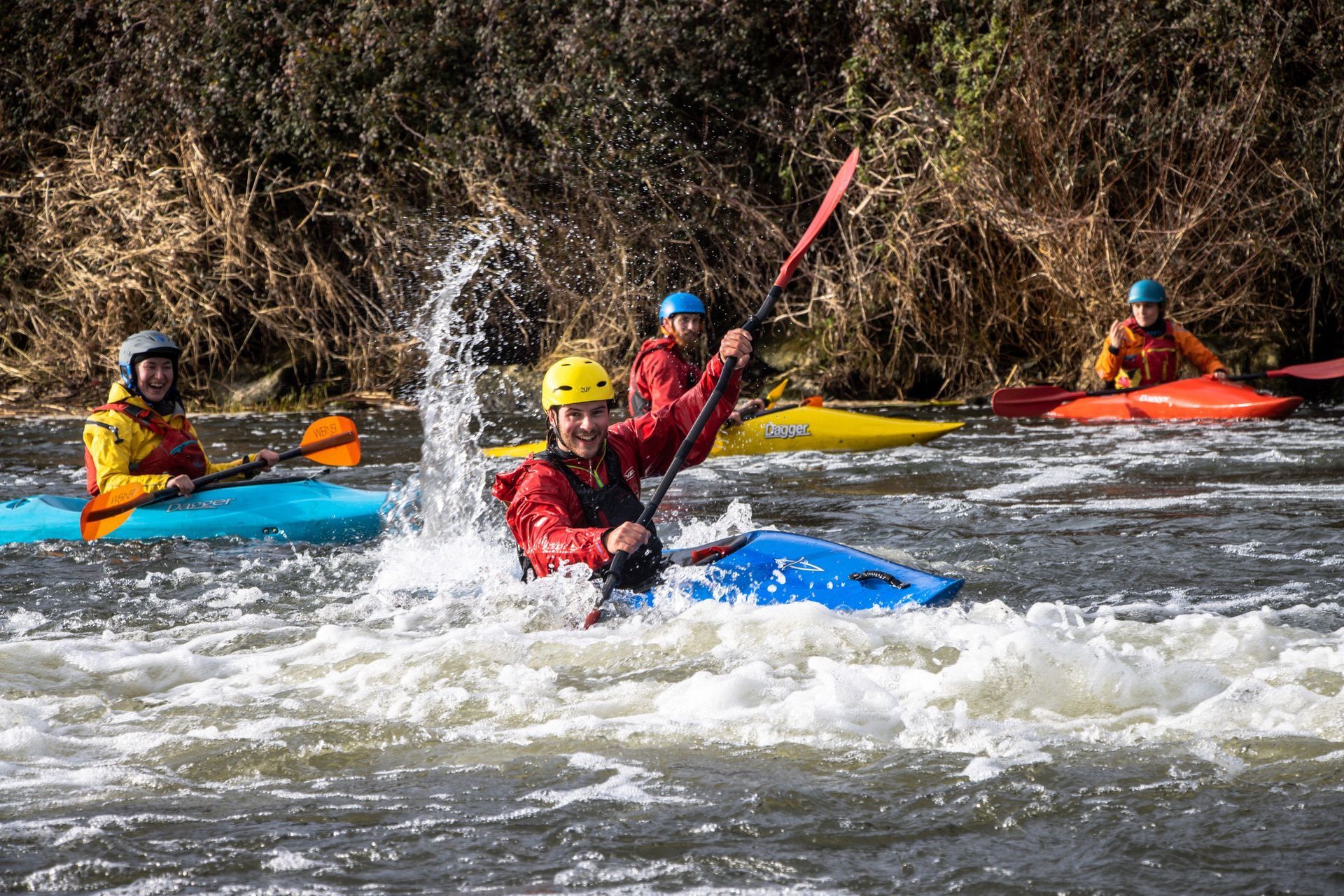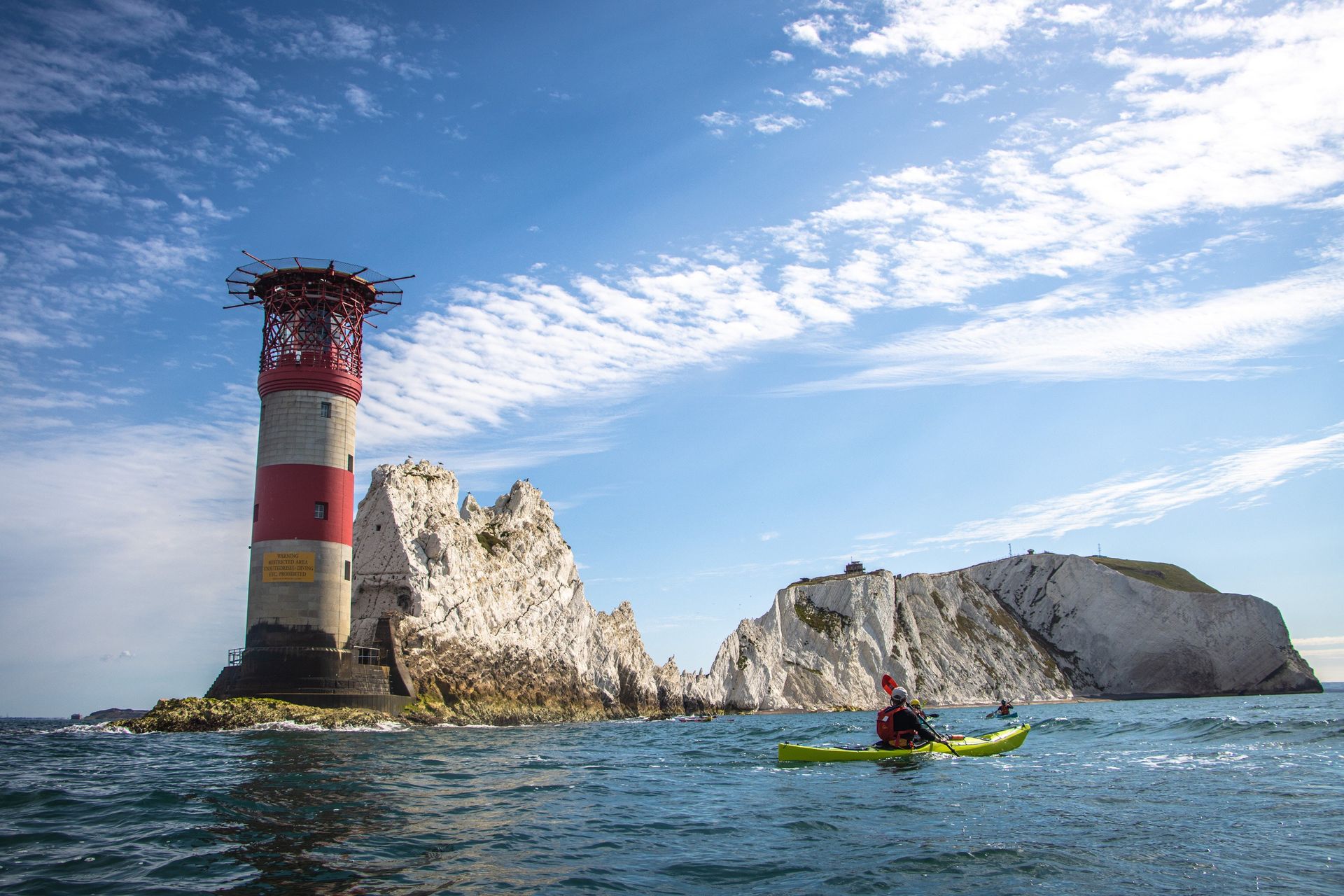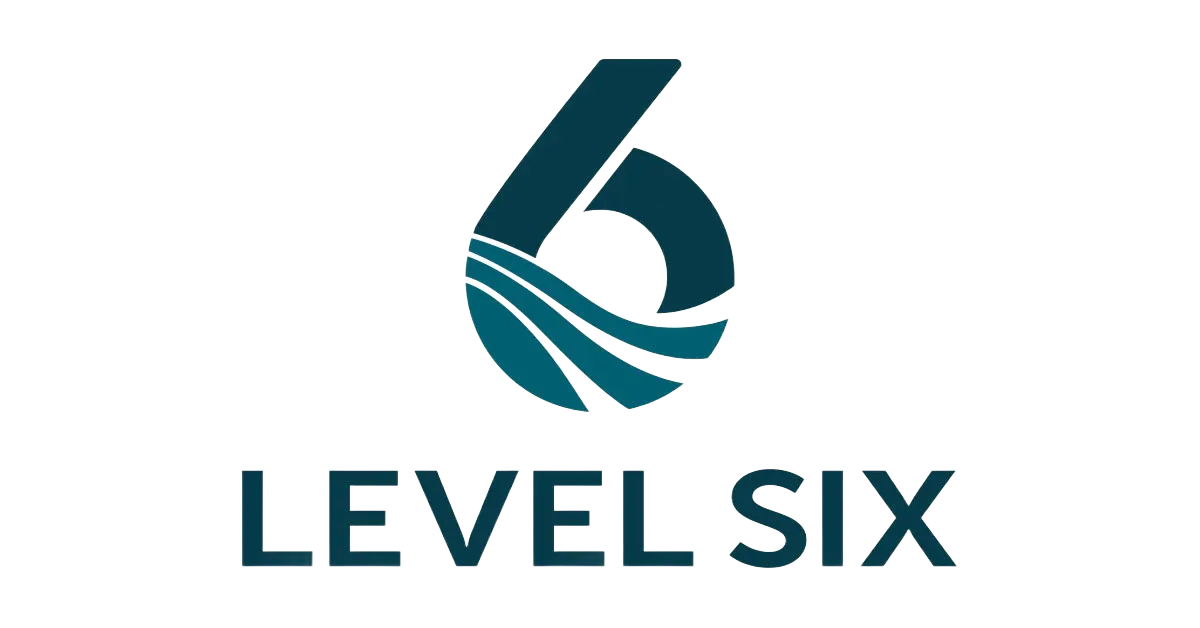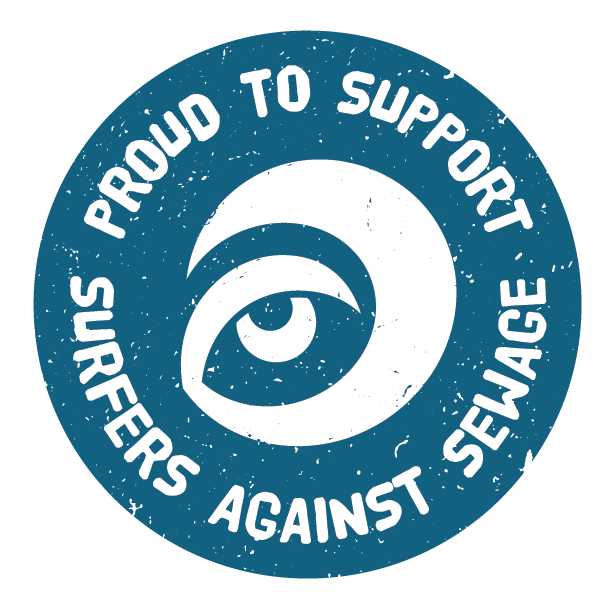Choosing the right boat for your paddling style
Choosing the right boat is one of the biggest decisions you’ll make as a paddler.
Just like bikes, boats are designed for specific environments and paddler sizes — each with its own strengths, quirks, and learning curve.
When choosing a boat, it’s all about finding one that suits
you — not just what looks cool.
Ask yourself a few key questions:
- Where am I going to paddle?
- What kind of water or conditions will I use it in?
- What do I enjoy most — exploring, surfing, white water, touring, racing?
- What kit will I want to carry with me?
- How might my paddling develop over time?
Answering those will narrow things down quickly. Below, we’ve broken down the main types of boats and what they’re best for.
Sit-On-Tops
A perfect starting point for new paddlers.
You sit on rather than in the kayak, making them incredibly stable and easy to climb back onto if you fall off.
Best for: calm rivers, estuaries, lakes, harbours, or gentle coastal exploring.
Why we love them: simple, durable, and safe.
Modern versions often include built-in storage, fishing rod holders, and even fish finders. Great for beginners, families, or anyone who just wants to get on the water quickly and safely.
Touring Kayaks
Touring kayaks bridge the gap between sea kayaks and white water boats — true all-rounders.
Typically 10–12 feet long, they’re ideal for short journeys and relaxed exploring on rivers, canals, lakes, and sheltered sea areas.
Key features:
- Comfortable and stable
- Often fitted with hatches for storage
- May have a rudder or skeg for better tracking
- Great balance of speed, comfort, and control
Think of touring kayaks as your “go-anywhere” choice for mixed conditions.
Sea Kayaks
Long, sleek, and built for distance — sea kayaks are the original expedition machines.
Ranging from 15 to 18 feet, they’re designed for speed, tracking, and efficiency in open water.
Key features:
- Hatches and bulkheads to store and protect gear
- Deck lines for safety and kit attachment
- Rudder or skeg for directional control in wind
- V-shaped hull for excellent tracking and glide
Great for long coastal journeys, multi-day expeditions, and anyone chasing that feeling of freedom on the sea.
White Water Kayaks
Compact, strong, and incredibly manoeuvrable, white water boats are made to handle rapids, waves, and drops.
Key features:
- Flat hulls for control, spins, and slides
- Reinforced design for impact resistance
- Grab handles and buoyancy aids built in
- Designed for quick reactions, not straight lines!
Ideal for river adventures, play waves, and anyone who loves that lively, unpredictable side of paddling.
Traditional Canoes (Canadian Canoes)
Open-topped, graceful, and versatile — the canoe has a rich history stretching back centuries.
Paddled with a single-bladed paddle, often from a kneeling position, they’re incredibly stable and carry loads of kit.
Best for: rivers, lakes, and calm estuaries.
Great for: families, overnighters, or those who love a relaxed pace.
A classic craft that’s as good for gentle exploration as it is for proper wilderness travel.
White Water Canoes
These are the agile cousins of traditional canoes.
Shorter, more manoeuvrable, and designed for one paddler, they excel in fast-moving water.
Key features:
- High bow and stern to punch through waves
- Air bags essential to keep them buoyant if swamped
- Often fitted with saddles and straps for stability and control
Tippy at first, but hugely rewarding once you find your balance.
Racing & Sprint Boats
Designed purely for speed on flat water. Kayaks are labelled K1–K4, canoes C1–C4, depending on how many paddlers are in the boat.
Key features:
- Long, narrow hulls for minimal drag
- Elevated seating for powerful leg drive
- Lightweight materials for maximum speed
These boats fly in a straight line — but they’re very tippy when you stop!
Play / Freestyle Kayaks
Short, playful, and designed for fun. Freestyle kayaks let you spin, surf, and flip on standing waves and river features.
Key features:
- Super short for fast response
- Flat hulls for tricks and spins
- High-performance fit — not much comfort, but loads of control
Rolling is essential here — you’ll spend some time upside down before it all clicks!
Surf Kayaks
Purpose-built for the surf zone, these boats are designed to catch and carve waves with speed and precision.
Key features:
- Narrow, planing hulls with fins for grip
- High bow to prevent pearling (nose-diving)
- Carves like a surfboard when handled well
Great fun, but not suited to flat water — they’ll feel twitchy without a wave beneath them.
Slalom Kayaks
Built for speed, agility, and control through gates on a moving river. Every gram and curve is designed for precision and acceleration.
Key features:
- Sharp ends (“slicy” bow and stern) for carving tight turns
- Lightweight build for quick reactions
- Sleek, high-performance design
Think of them as the Formula 1 of white water boats.
Kayak Polo Boats
Fast, rounded, and super manoeuvrable. Kayak polo combines paddling skill with a five-a-side ball game played in deep water.
Key features:
- Rounded hulls and scooped ends for diving under water
- Foam bumpers front and back for safe collisions
- Highly responsive — but extremely “tippy”
Built for agility, not comfort. You’ll flip often, and roll even more.
Top Tip
Match the boat to what you love doing. Are you drawn to calm rivers or crashing waves? Short bursts of action or long, peaceful journeys?
Try as many boats as you can — clubs, centres, and demo days are perfect for that.
Once you find the one that feels like an extension of you, you’ll know you’ve made the right choice.
